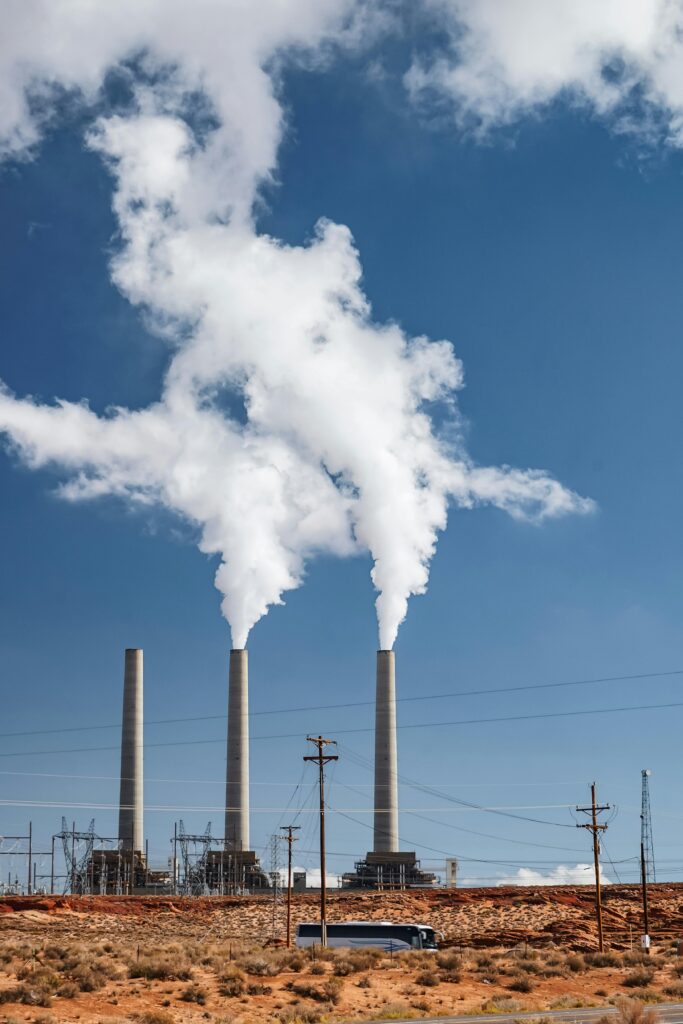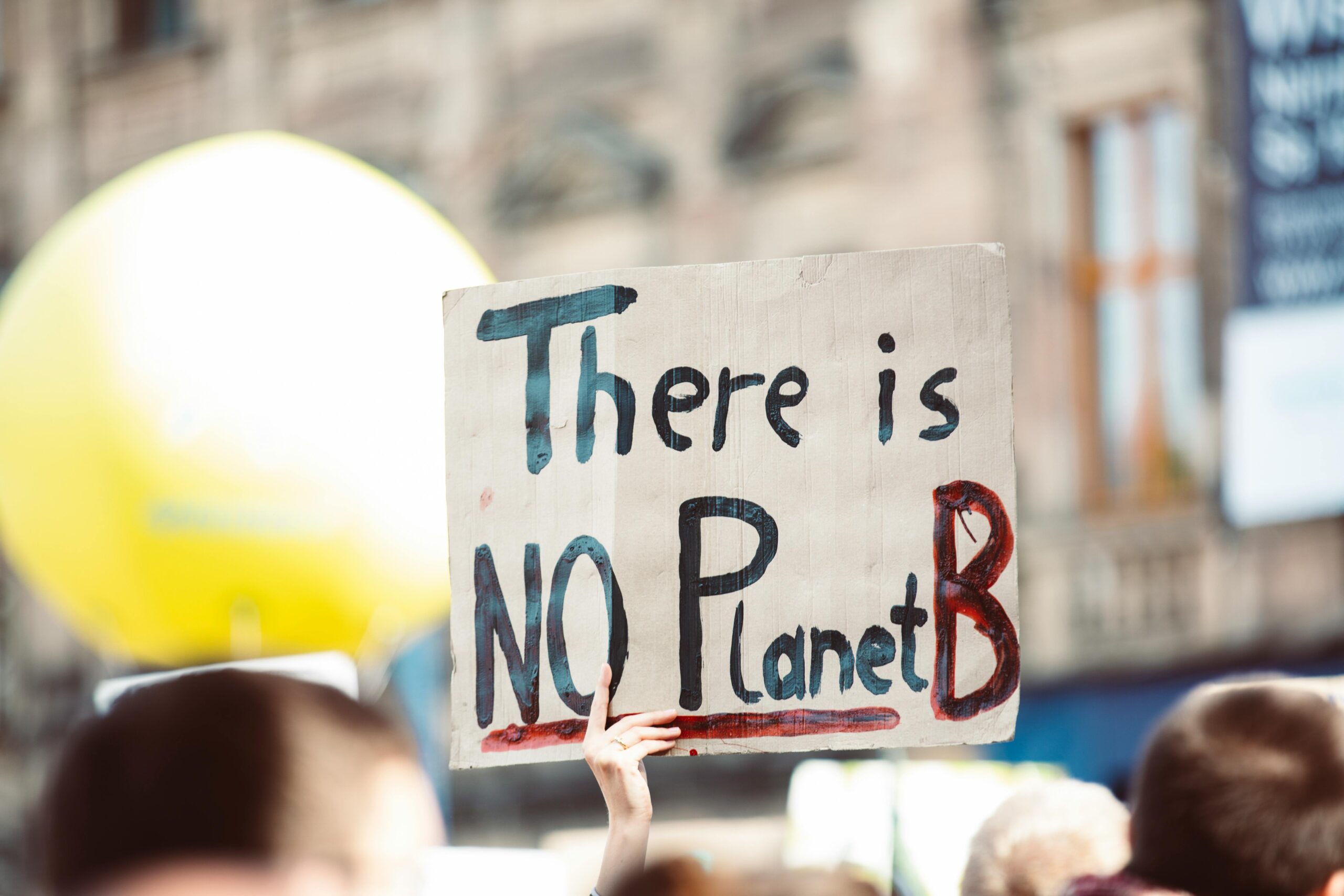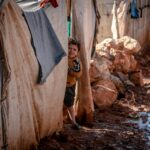From the rise in respiratory diseases to the spread of infectious diseases, the environmental changes we’re witnessing are deeply interconnected with public health crises.
This article explores how climate change exacerbates existing health challenges, amplifies the spread of diseases, and creates new health risks. We’ll examine the impacts on vulnerable populations, how climate change is contributing to a global health crisis, and what actions we can take to mitigate its effects.
- The Health Impacts of Climate Change
- Vulnerable Populations
- The Global Burden of Disease
- Addressing the Crisis
- Conclusion
The Health Impacts of Climate Change
Climate change presents a wide range of direct and indirect health risks. The most immediate of these are the extreme weather events that are becoming increasingly frequent and severe due to climate change, including heatwaves, floods, and storms. Heatwaves, for instance, can lead to heat-related illnesses such as heatstroke, dehydration, and exacerbate existing cardiovascular and respiratory conditions.
Additionally, air pollution has worsened as a result of increased industrial activities and urbanization, leading to a rise in respiratory diseases such as asthma and chronic obstructive pulmonary disease (COPD). Studies have shown that exposure to air pollution is linked to a higher incidence of lung cancer and cardiovascular diseases.
The spread of infectious diseases is also being influenced by climate change. As temperatures rise, vector-borne diseases such as malaria, dengue fever, and Zika virus are becoming more common in regions where they were once rare. For example, warmer temperatures have allowed the Aedes mosquito, which spreads these diseases, to thrive in previously cooler regions.
I personally find it alarming how climate change continues to affect not just the environment but human health on such a broad scale. These effects can be mitigated with proper public health infrastructure and climate adaptation strategies, but the risks are undeniable.
Vulnerable Populations
While climate change affects everyone, certain groups are disproportionately impacted by its health consequences. Children, elderly individuals, and those living in poverty are especially vulnerable to the health effects of climate change.
Children, for instance, are more susceptible to the effects of heatwaves and air pollution, which can hinder their development and exacerbate respiratory problems. The elderly, on the other hand, often have pre-existing health conditions that make them more vulnerable to heatstroke and other climate-related health risks.
Additionally, people in developing countries or disadvantaged urban areas are often more exposed to environmental hazards due to poor housing conditions, lack of healthcare access, and higher levels of air pollution. he World Health Organization (WHO) reports that low-income countries are at the highest risk of climate-related health impacts, particularly as they are more likely to experience extreme weather events such as droughts, floods, and tropical storms.

These populations face the dual burden of having limited resources to cope with climate impacts and being exposed to greater environmental risks. It is essential to focus on social equity in our response to the health impacts of climate change by ensuring vulnerable groups have access to healthcare, education, and resilient infrastructure.
The Global Burden of Disease: How Climate Change Contributes to the Health Crisis
The effects of climate change are already contributing to a significant increase in the global burden of disease. Climate change not only exacerbates existing health problems but also creates new ones, including the spread of infectious diseases and non-communicable diseases like heat-related illnesses.
According to the Lancet Countdown on Health and Climate Change, climate change is already responsible for thousands of deaths annually due to heat stress, air pollution, and extreme weather events. As global temperatures rise, these health risks are expected to increase, with an estimated 250,000 deaths per year between 2030 and 2050 linked to climate-related issues, including malnutrition, malaria, and diarrhea.
In addition, food insecurity is exacerbated by climate change, leading to poor nutrition and stunted growth, especially in children. The increasing frequency of floods, droughts, and crop failures disrupts food supply chains, which in turn has a direct impact on public health.
This growing health burden underscores the need for integrated climate and health policies to address both the environmental and social determinants of health. If we don’t act, the future could see an even greater toll on global health systems, especially in regions already dealing with poverty and healthcare deficiencies.
I hope to use my celebrity to motivate people and contribute to moving our global society back from the brink. I am surprised environment is not at the top of the agenda. What is more important than good and clean air?
Don Cheadle, Actor & UN Environment Goodwill Ambassador
Addressing the Crisis: Mitigating the Health Impacts of Climate Change

Addressing the health impacts of climate change requires a multi-faceted approach that combines efforts to reduce emissions, improve healthcare systems, and implement adaptation strategies. Governments and international organizations must collaborate to develop policies that prioritize the health impacts of climate change.
One of the most important strategies is mitigation—reducing greenhouse gas emissions to limit the rise in global temperatures. This can be achieved through transitioning to renewable energy sources, improving energy efficiency, and encouraging sustainable agriculture and transportation practices.
Equally important is adaptation—adjusting healthcare infrastructure and emergency response systems to cope with the health risks of climate change. This includes building more resilient health systems, improving disease surveillance, and investing in early warning systems for extreme weather events and disease outbreaks.
On a personal level, individuals can help by adopting more sustainable lifestyles, such as reducing their carbon footprint, conserving water, and advocating for stronger climate policies. Local communities can also play a critical role in building resilience through education and community-based climate action.
Conclusion
The intersection of climate change and global health is a critical area that requires urgent attention. As climate change accelerates, the health risks associated with it are becoming more pronounced, especially for vulnerable populations. To tackle this crisis effectively, it is essential that we integrate climate change mitigation with public health strategies.
Governments, organizations, and individuals must work together to reduce emissions, invest in health infrastructure, and create more sustainable, resilient communities. We cannot afford to treat climate change and public health as separate issues—both must be addressed simultaneously for a healthier and more sustainable future.








